




Author: Dr. Garima Biswas
Yoga 0
It is essential to contemporary healthcare since it helps neurological patients recover movement, strength, and independence. Neurophysiotherapy targets stroke, spinal cord injury, and degenerative illness patients to enhance their quality of life. It improves motor function, balance, and coordination for neurological condition patients during rehabilitation.
Understanding Neurological Disorders
Neurological illnesses impact the brain, spinal cord, and nerves, impairing movement, balance, and coordination.
Common neurological disorders are:
1. Stroke:
Brain cells die when blood flow is halted. It commonly causes side weakness or paralysis.
2. Parkinson's Disease:
A progressive movement condition that causes tremors, stiffness, and balance and coordination issues.
3. Multiple Sclerosis (MS):
An autoimmune illness that causes muscular weakness, tiredness, and coordination difficulties by attacking nerves' protective coating.
4. Spinal cord injuries:
Spinal cord injuries (SCI) may cause partial or full paralysis, impairing movement and sensation below the damage.
Neurophysiotherapy is needed to control and improve these problems, which may significantly impair daily life. Therapists may customise treatment approaches for each patient by learning how these illnesses affect the body.
Neurophysiotherapy in Recovery
Neurophysiotherapy is crucial to helping neurological injury and patients restore motor function and movement. The fundamental objective is brain and body retraining to increase strength, flexibility, and mobility. Patients may repair daily neural connections using a systematic regimen.
How Neurophysiotherapy Helps:
1. Restoration of mobility:
Targeted workouts help patients regain mobility and range of motion.
2. Improvement of strength:
To improve muscular strength and endurance, neurophysiotherapy commonly uses resistance training.
3. Enhancing Coordination:
Exercises improve coordination and balance, helping patients move faster.
4. Successful Rehabilitation Examples:
Many neurophysiotherapy patients have recovered miraculously. Stroke victims typically have partial paralysis, but with regular treatment, many may walk and dress again. Parkinson's patients' gait and posture may improve, reducing motor symptoms.
Key neurophysiotherapy techniques and interventions
Neuro physiotherapy uses several methods to meet each patient's needs:
1. Motor Retraining:
One kind of motor retraining comprises exercises that try to restore normal movement patterns. Patients may restore muscular control with task-specific training including standing, walking, and reaching.
2. Balance and Posture Correction:
Patients with neurological diseases sometimes struggle with balance and posture. Neurophysiotherapists increase stability using balance exercises including standing on uneven surfaces and posture correction.
3. Gait Training:
Improves walking abilities for persons with trouble. Walk in diverse surroundings and use parallel bars or harnesses to practice.
4. Spasticity Management:
Muscle stiffness is a sign of several neurological diseases. Neurophysiotherapy reduces spasticity and improves muscular control by stretching, posture, and electrical stimulation.
The use of advanced tools and technologies has greatly enhanced neurophysiotherapy approaches. Robotic devices help patients move repetitively, while VR produces immersive surroundings that stimulate the brain and movement. These methods boost patient motivation and rehabilitation.
Benefits of Neurophysiotherapy
Neurophysiotherapy helps patients rehabilitate physically, intellectually, and emotionally.
1. Physical Benefits:
Neurophysiotherapy improves mobility, making everyday chores like walking and climbing stairs simpler for patients.
Strength and Flexibility: Regular treatment reduces pain and improves posture by increasing muscular strength and flexibility.
2. Emotional and Social Benefits:
Increases Confidence: Patient confidence and self-esteem might soar after regaining physical ability.
Social Engagement: Improved mobility encourages patients to rejoin social activities, boosting their well-being.
3. Daily Living Activities Improvement:
Neurophysiotherapy improves patients' capacity to conduct daily duties including dressing, bathing, and cooking, promoting independence.
4. Long-Term Impact on Quality of Life:
Neurophysiotherapy improves symptom management, reduces fall risk, and enhances mental health. Regular treatment improves quality of life and reduces carer dependence.
Who can benefit from Neurophysiotherapy?
Those with neurological disorders, injuries, or conditions that impact movement and coordination should undergo neurophysiotherapy. This includes:
1. Stroke Survivors:
Helping stroke survivors move and be independent.
2. Individuals with Parkinson’s Disease:
Improve balance, flexibility, and motor control in Parkinson's patients.
3. Children with Cerebral Palsy:
Working with Cerebral Palsy kids on movement and muscular coordination.
4. Spinal Cord Injury Patients:
Helping SCI patients develop movement and motor abilities.
5. Older Adults with Degenerative Diseases:
Slowing dementia and MS symptoms.
Challenges in Neurophysiotherapy
Neurophysiotherapy has several advantages, however therapists and patients encounter challenges:
1. Psychological Barriers:
Slow development and emotional stress are common causes of patient frustration and anxiety.
2. Physical Limitations:
Fatigue or discomfort while exercise might cause patients to lose motivation.
3. Consistency:
Recovery requires constant treatment, but patients may struggle to remain involved in long-term rehabilitation.
Therapy may help overcome psychological barriers by inspiring patients, creating realistic objectives, and encouraging them to face emotional obstacles throughout rehabilitation.
The Future of Neurophysiotherapy
Neurophysiotherapy is quickly changing, with interesting new trends:
1. AI-Driven Rehabilitation:
AI creates personalised treatment regimens, predicts results, and provides real-time feedback throughout exercises.
2. Wearable Sensors:
These gadgets track patient movement to assist therapists adapt treatment regimens.
Technology is boosting neurophysiotherapy results and patient experience, making the future bright.
Conclusion
Neurophysiotherapy is essential for neurological rehabilitation. Patients' physical, emotional, and social well-being increases by improving motor function, balance, and coordination. Neurophysiotherapy may improve independence and quality of life for people with neurological illnesses. Technology advances the sector, increasing healing and rehabilitation possibilities.
Frequently Asked Questions
Neurophysiotherapy treats movement and balance issues. A specialised form of physiotherapy, it improves motor control and physical function following neurological abnormalities.
· The stroke survivors
· Parkinson's and MS patients
· Patients healing from brain or spinal cord injuries
· People with cerebral palsy or other neurological problems
It improves balance, motor function, and independence.
Add comment
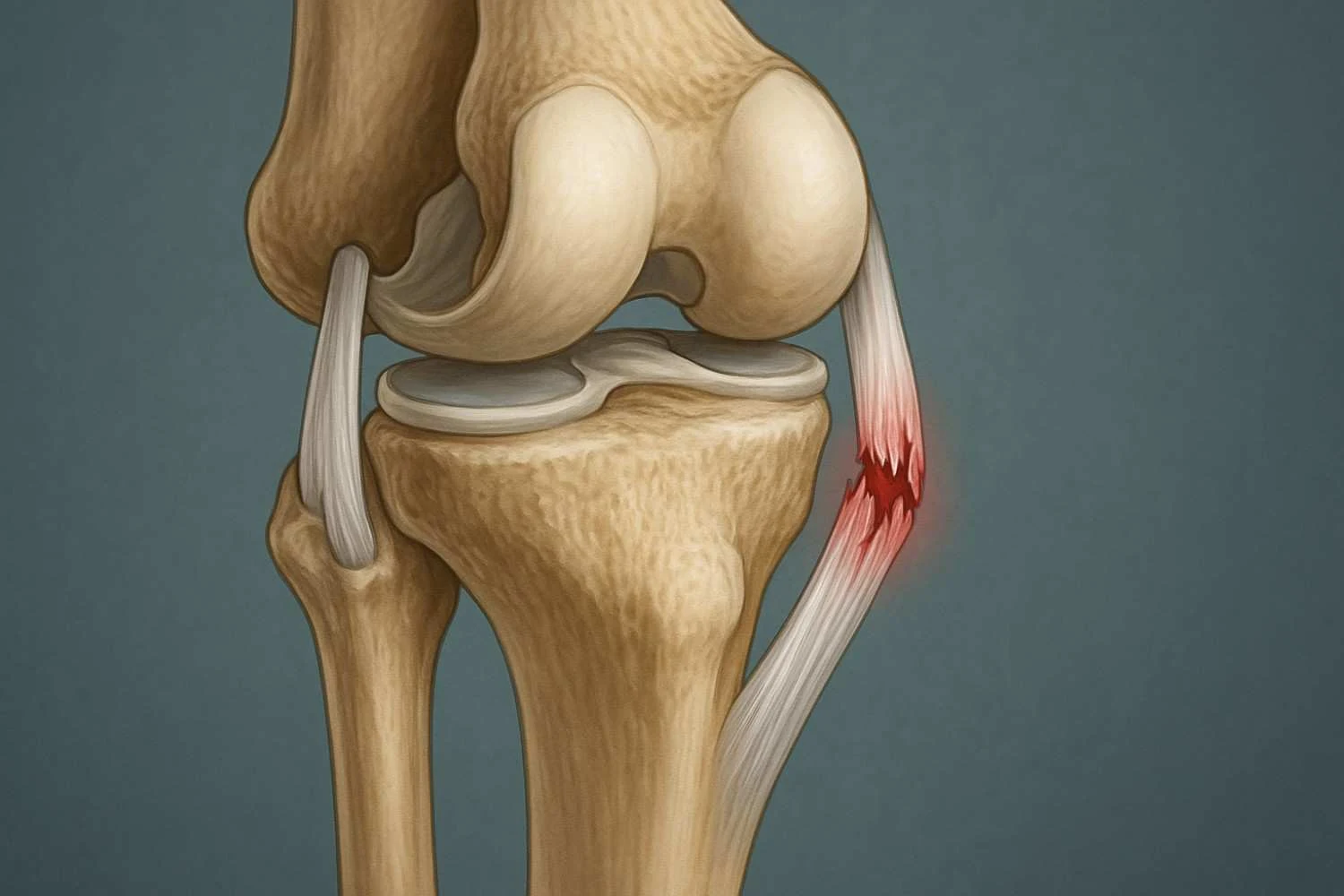


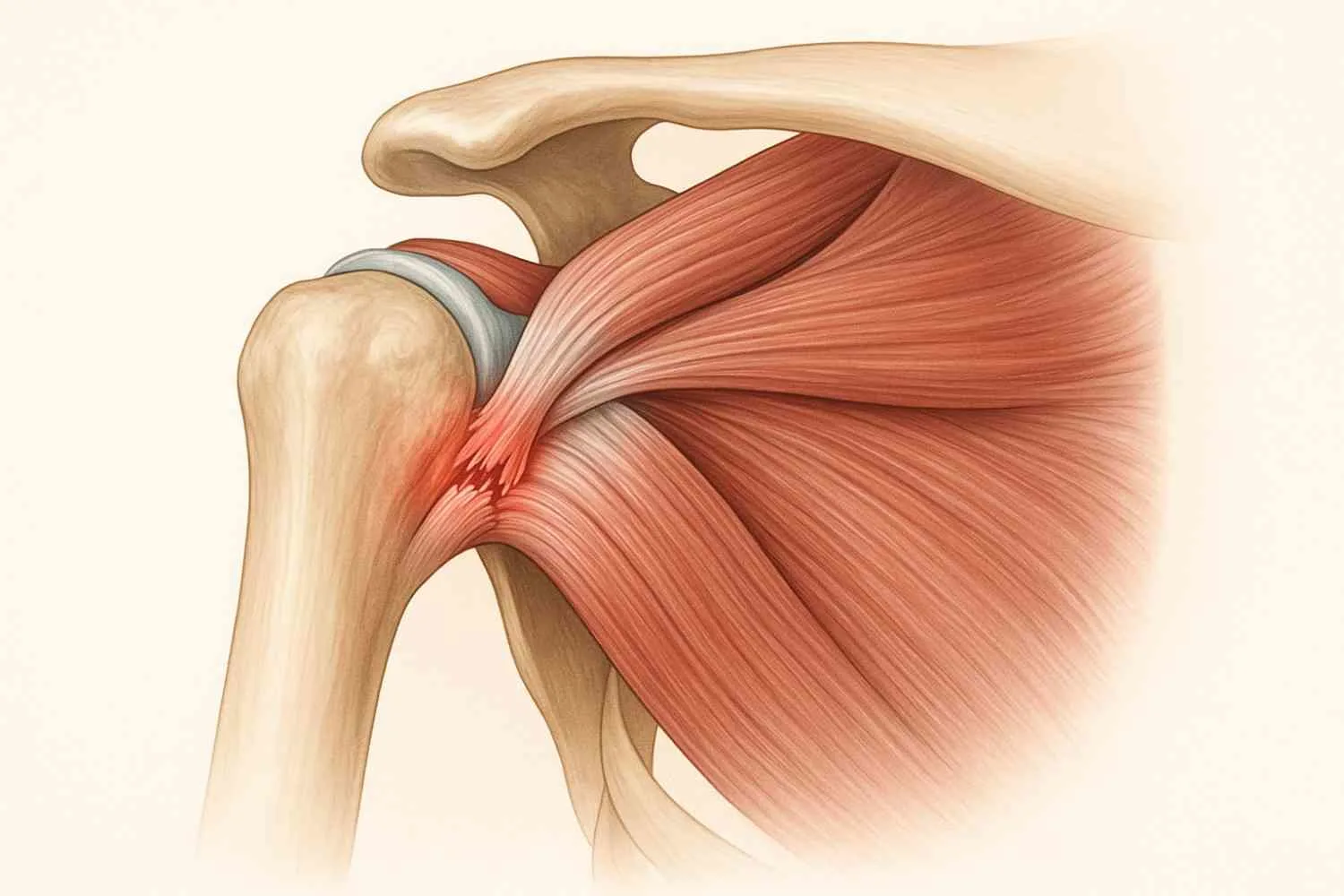


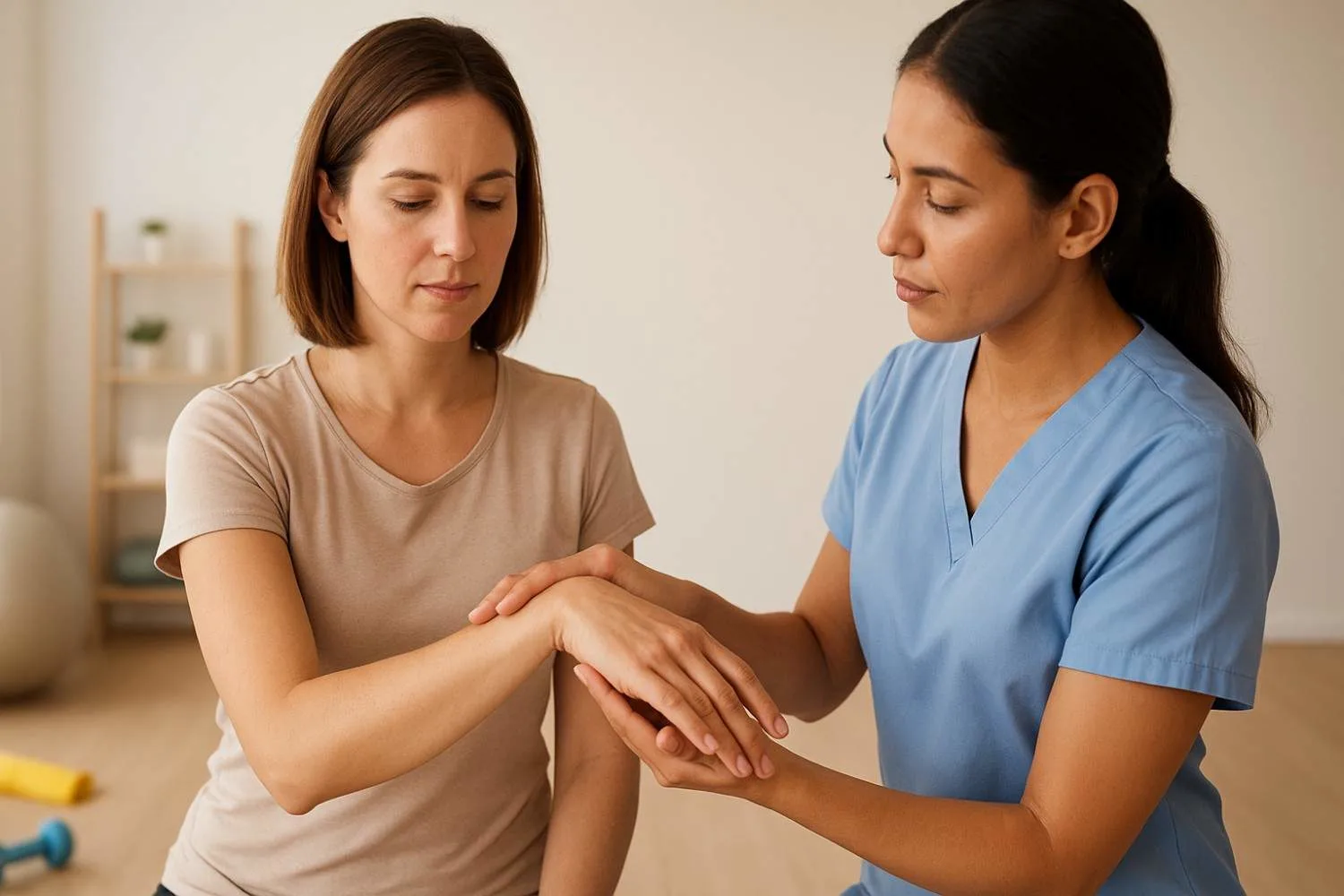


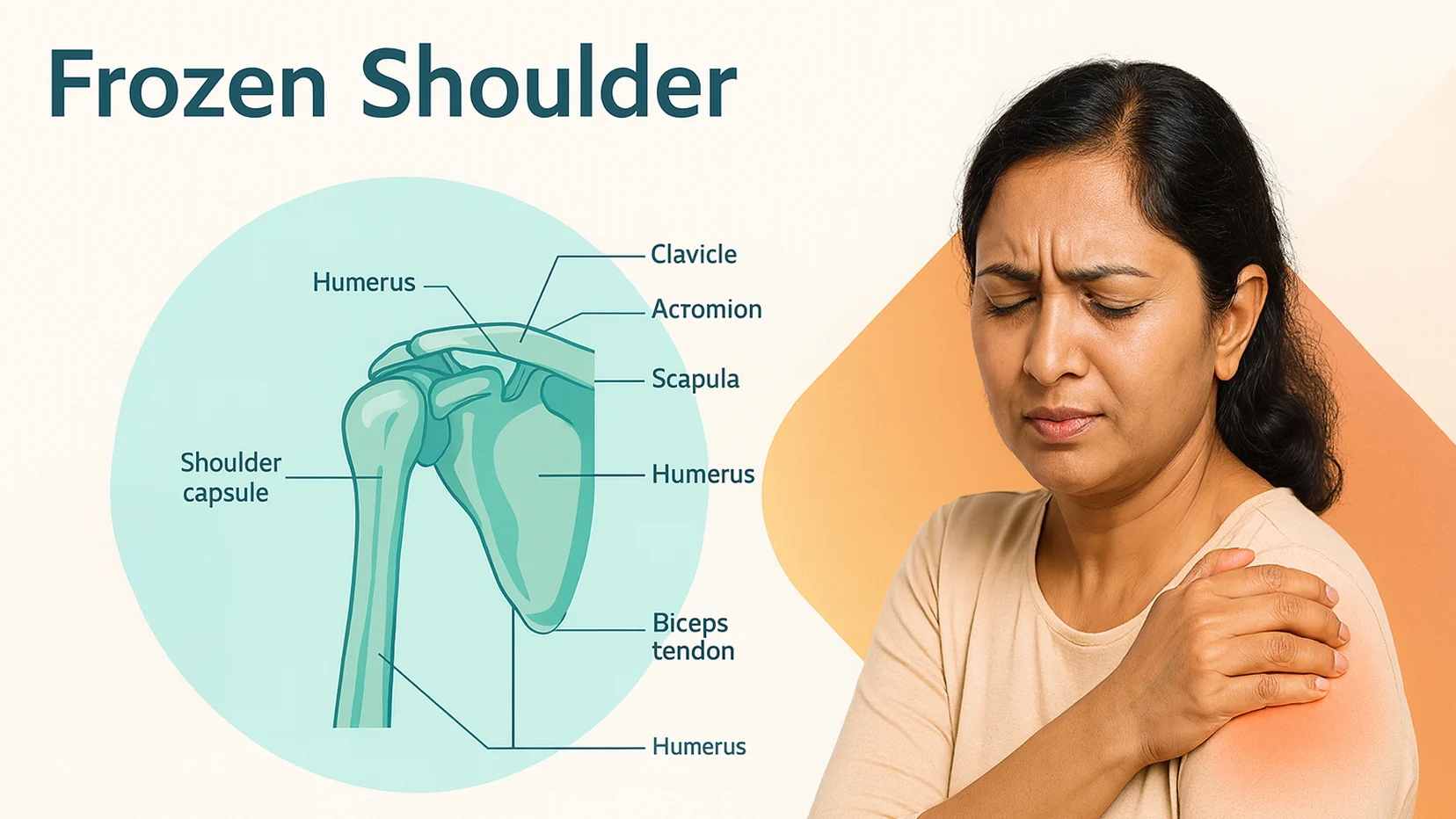




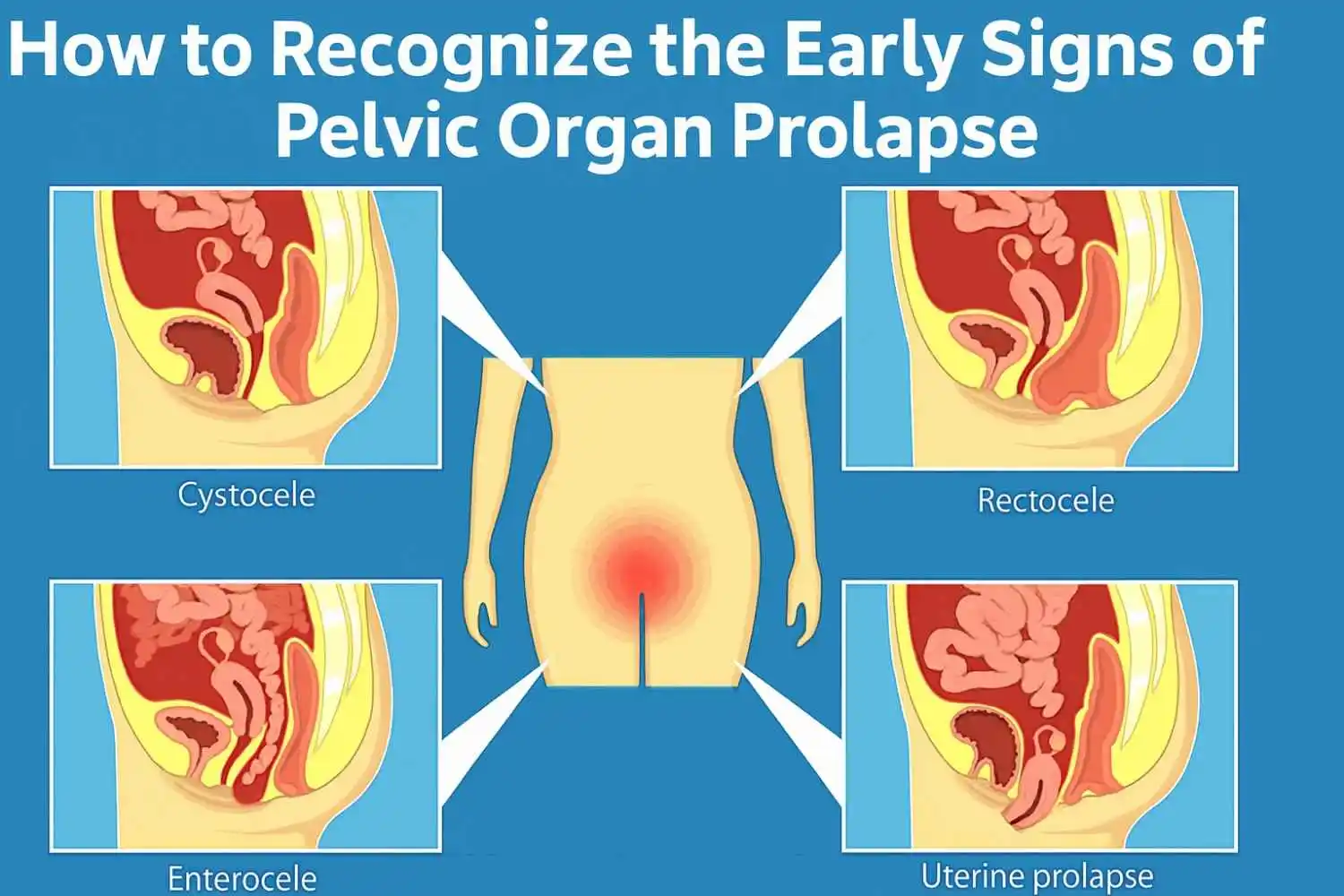
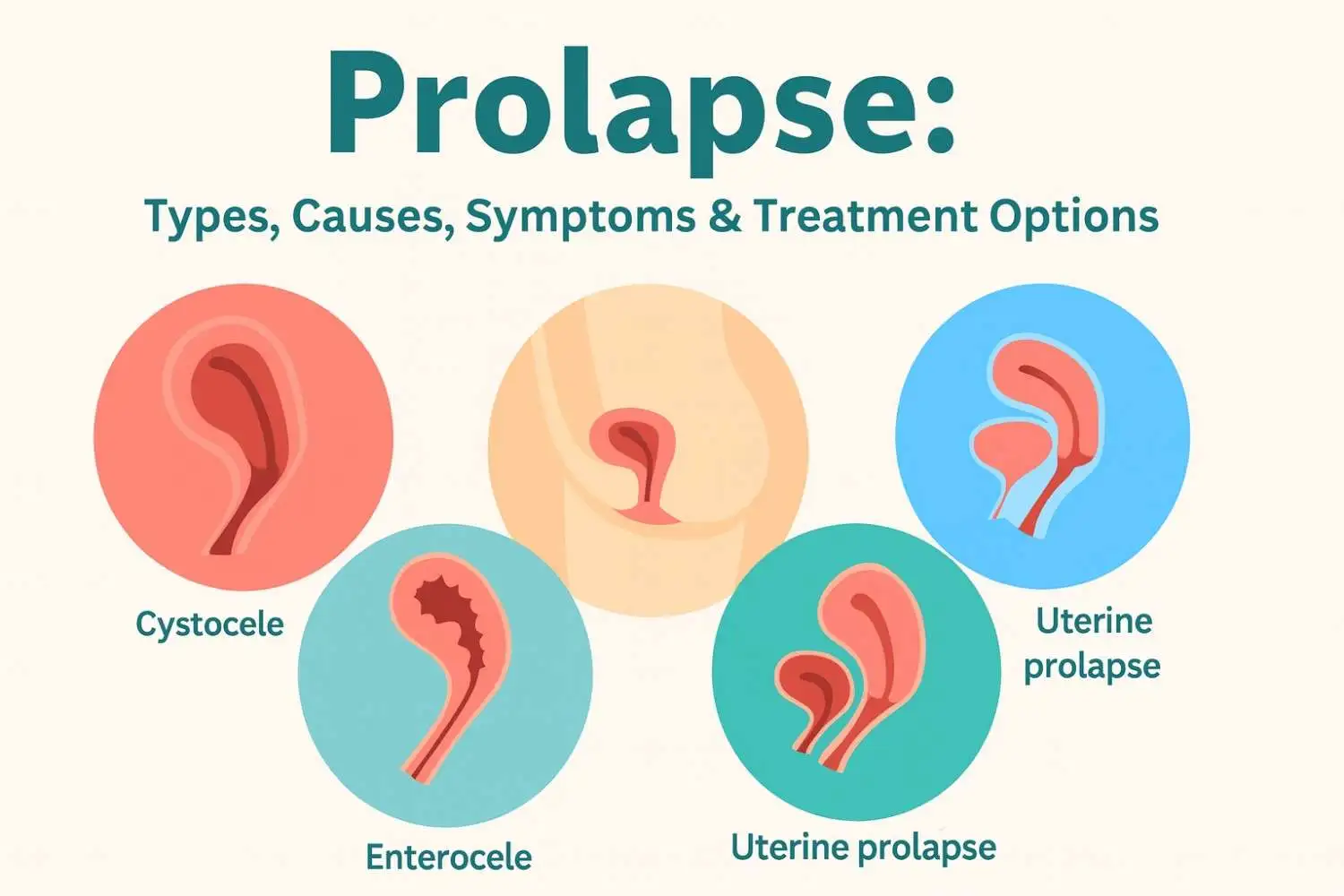









.webp)





.jpg)






































